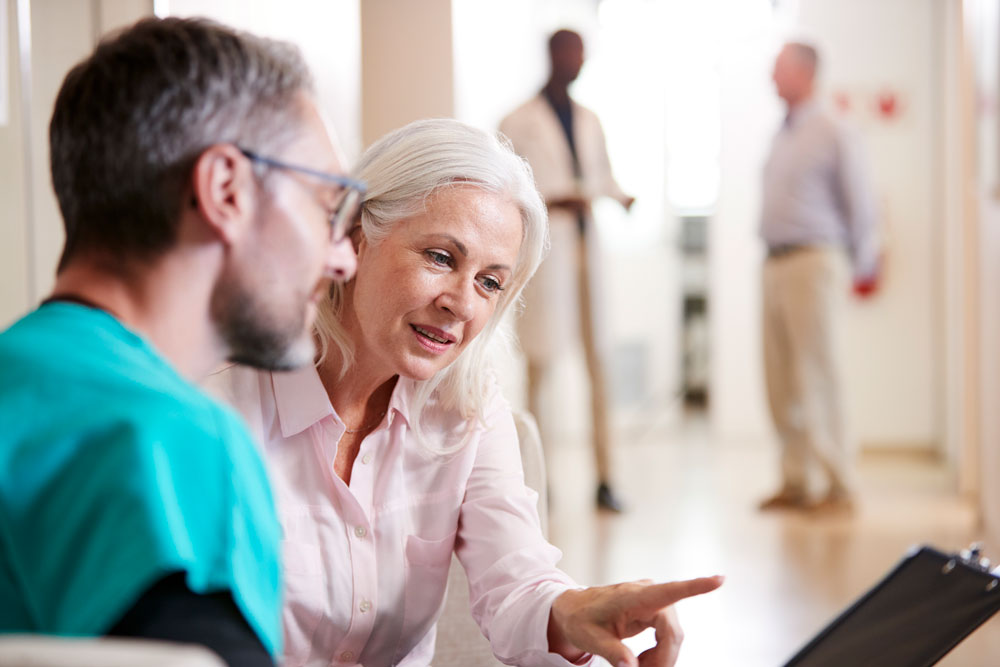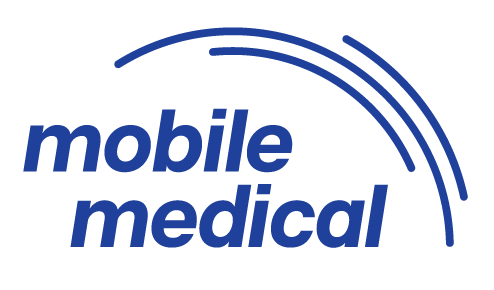Anaesthetic information
All about anaesthetic
Types of anaesthetic
On the mobile lithotripsy unit we use two different types of anaesthetic. The type of anaesthetic you receive is decided by the anaesthetist who will be looking after you.
General anaesthesia (GA) – this anaesthetic will put you to sleep for the entire treatment.
Monitored sedation – your anaesthetist or surgeon uses a special range of drugs to keep you comfortable and sleepy throughout the treatment, while still being able to respond to questions if needed.
Who is my anaesthetist?
An anaesthetist is an experienced specialist doctor. Their job is to make sure you are safe and pain-free during your treatment and as comfortable as possible post-treatment. You may not see a lot of the anaesthetist, but they will see a lot of you! They will stay with you throughout the process, maintaining your medication and keeping an eye on you. Your anaesthetist will talk to you before your treatment and let you know what will happen on the day. You will be asked some questions about your history so they can give you the best care. Anything that you tell the anaesthetist, urologist, nurses or radiographers will remain completely confidential.
They will ask you about:
- history of drug allergies or problem with anaesthetic that you may have had
- any illness or medical conditions in your family
- any illnesses that you have or medications you are on. If you regularly take medication or use an inhaler, please bring them with you and show the anaesthetist if they ask

What will happen?
Once your anaesthetist has spoken to you and you are comfortable you will wait to be taken into the treatment room on the unit. The anaesthetist and theatre team will help you lie down on the table while they connect you to the anaesthetic machine. It may appear there is a lot of people in the room, but everyone has a job to do and it is all about looking after you.
You may be asked to breathe through an oxygen mask while the anaesthetist gives you your anaesthetic.
Waking up
You will wake up in the hospital recovery area where nurses will look after you and monitor you. Once you have recovered you will be discharged, this is usually on the same day.
Remember: You must have a responsible adult to drive you home – you will not be permitted to drive after your treatment due to the residual sedating effects of the anaesthesia.

